Brain Development of Children | Presentation
VerifiedAdded on 2022/08/11
|8
|777
|50
Presentation
AI Summary
Even if primarily working with a similar age group of children (for example, infants or preschoolers), educators must understand development across the entire span of early childhood.
Contribute Materials
Your contribution can guide someone’s learning journey. Share your
documents today.
1 out of 8
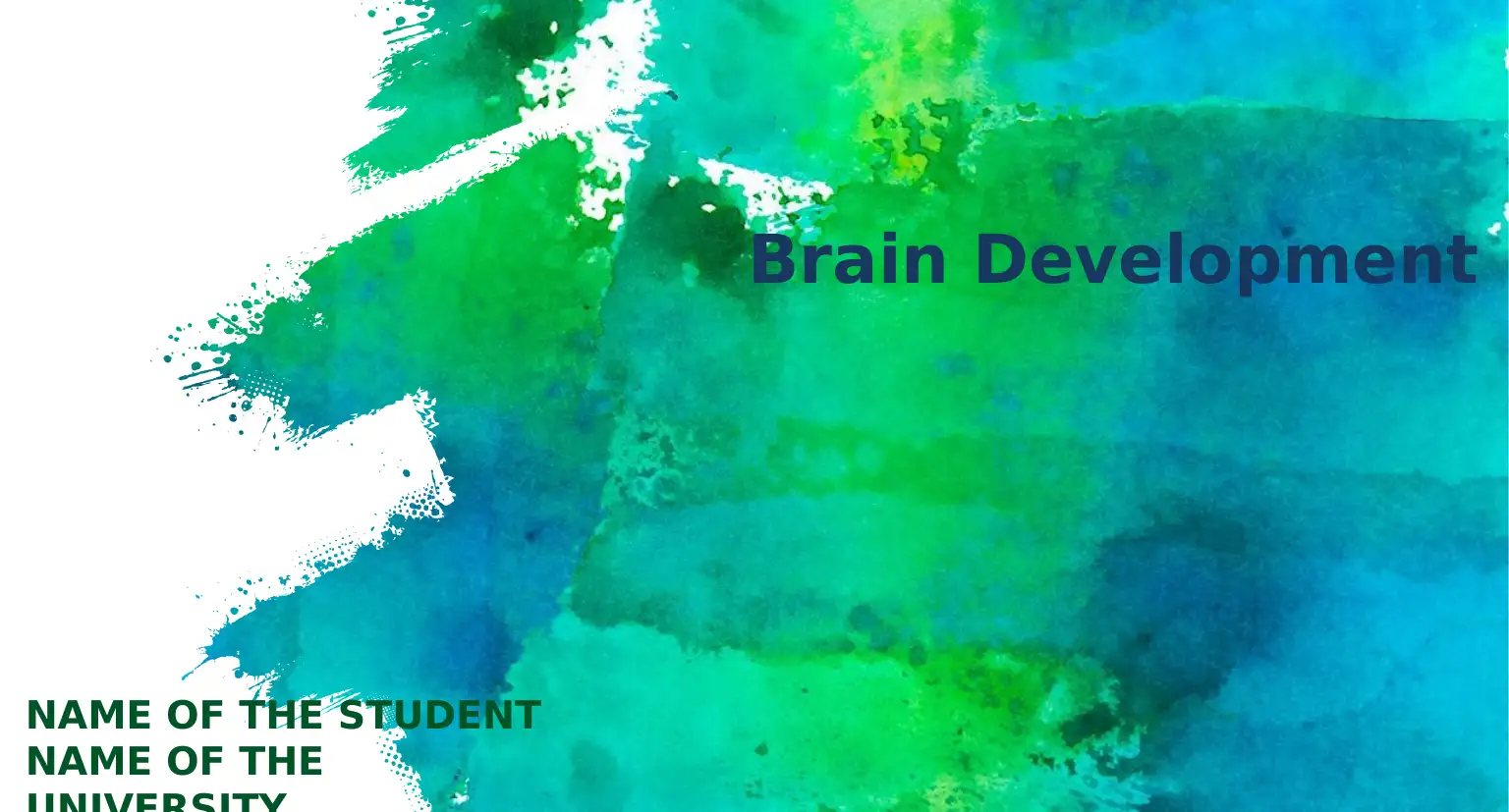
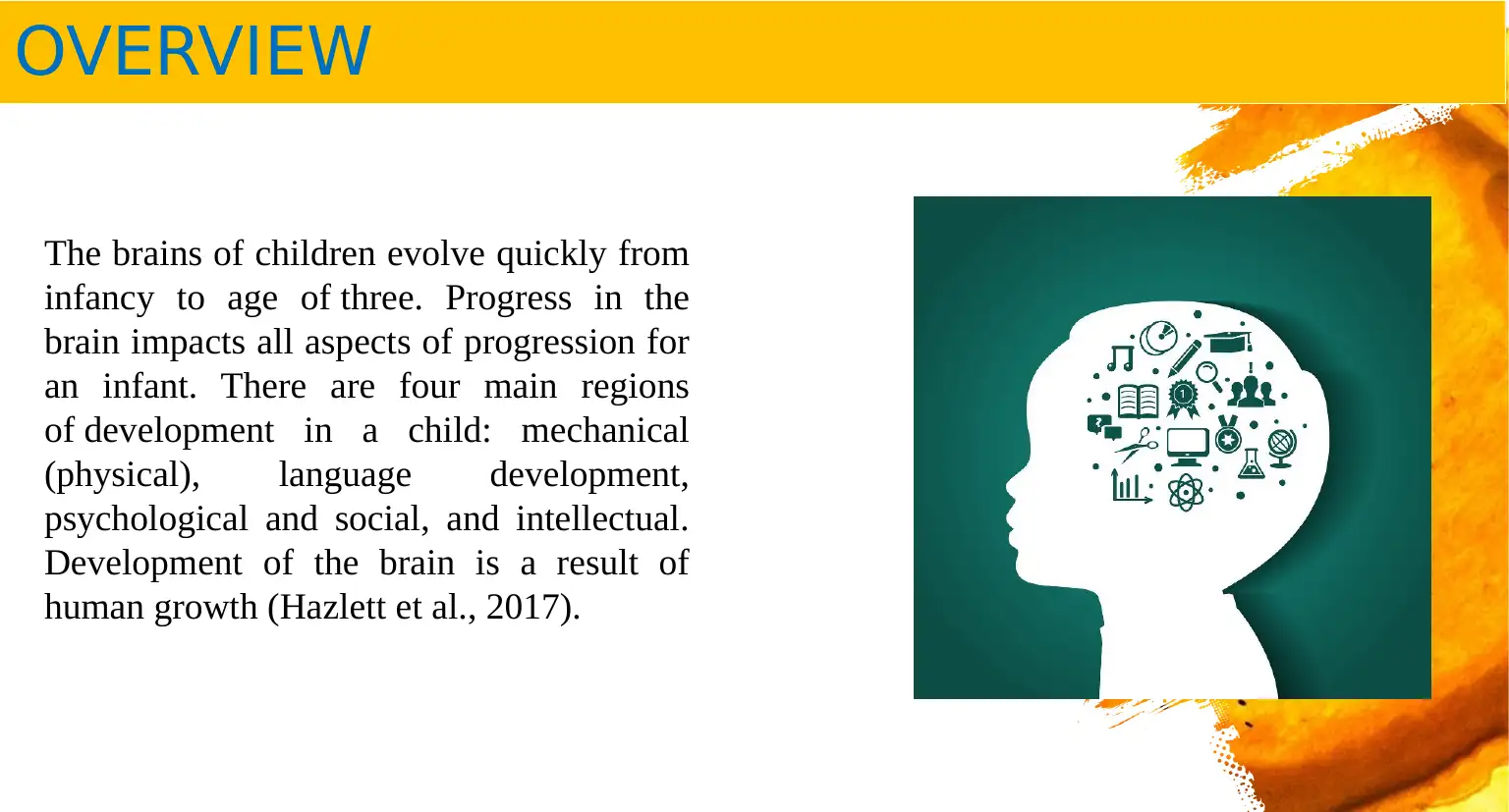
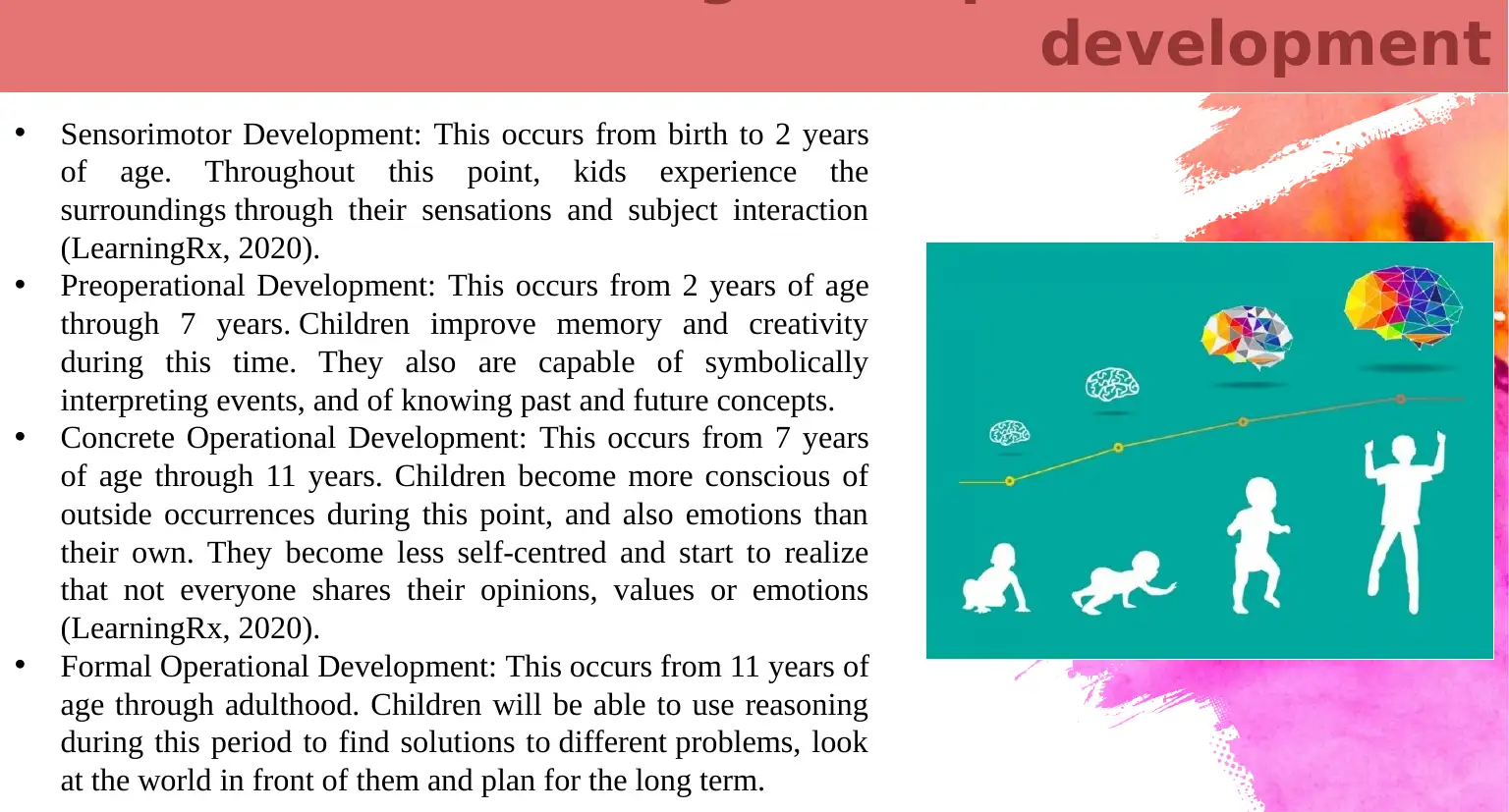
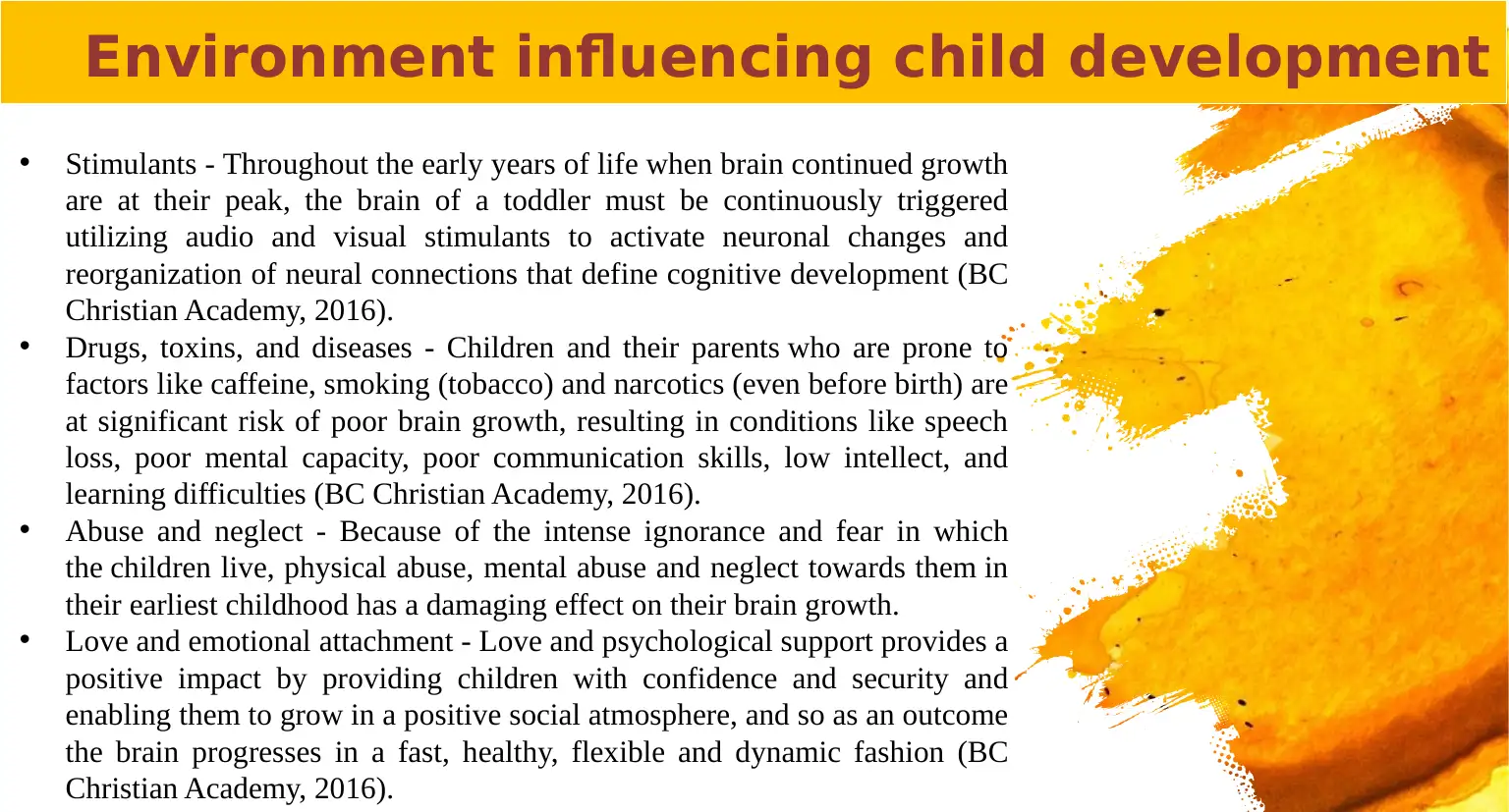
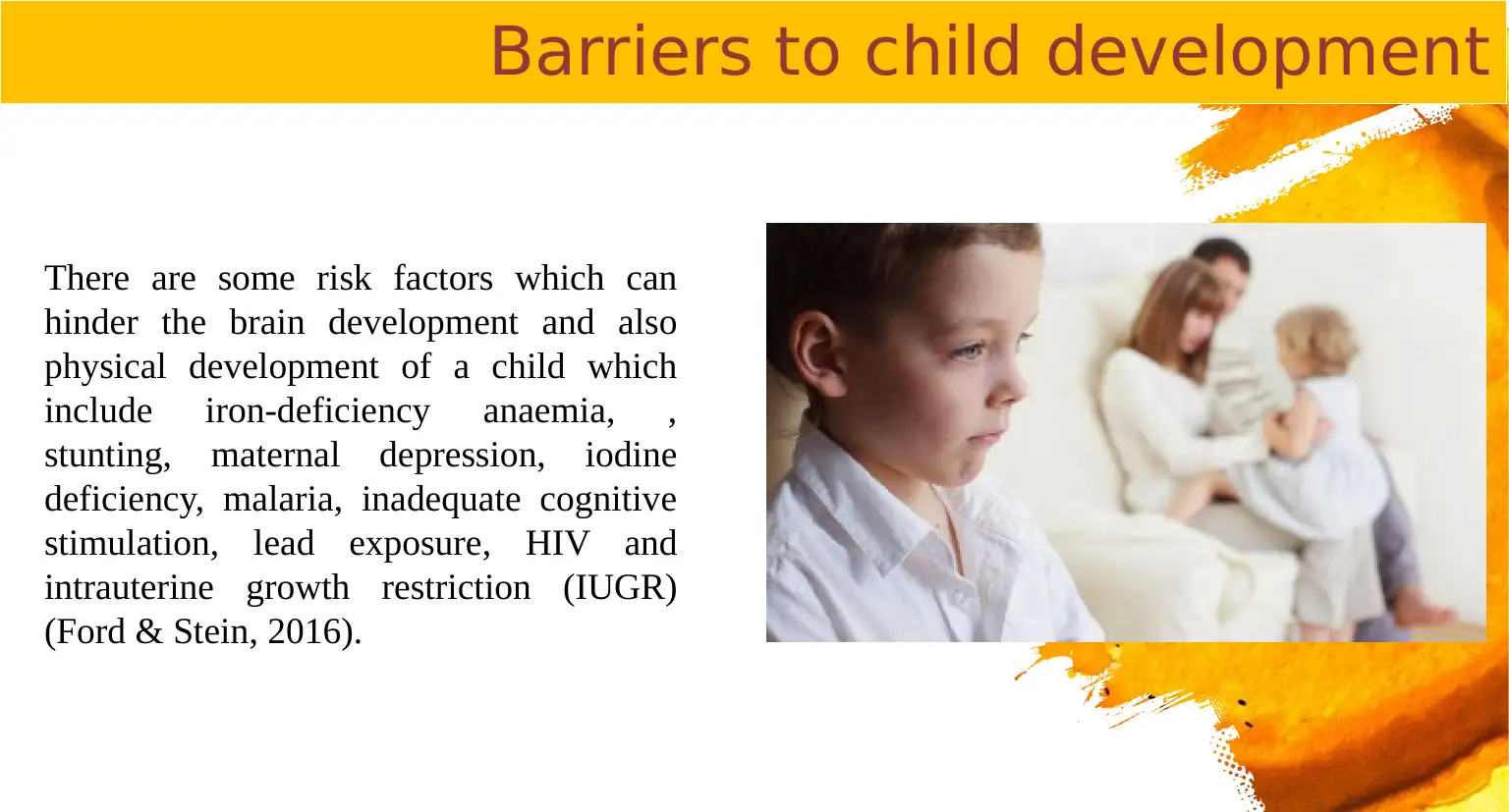
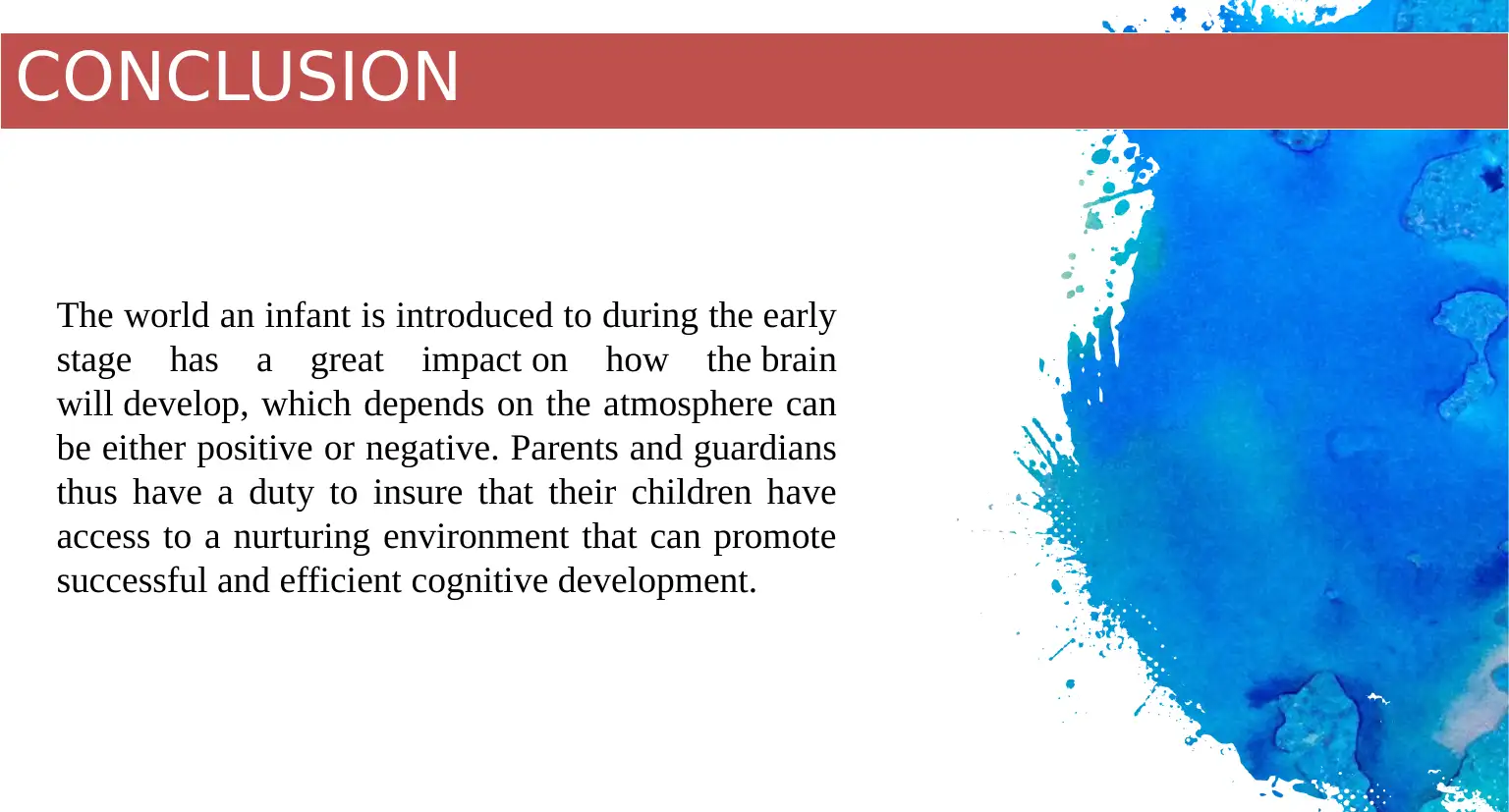
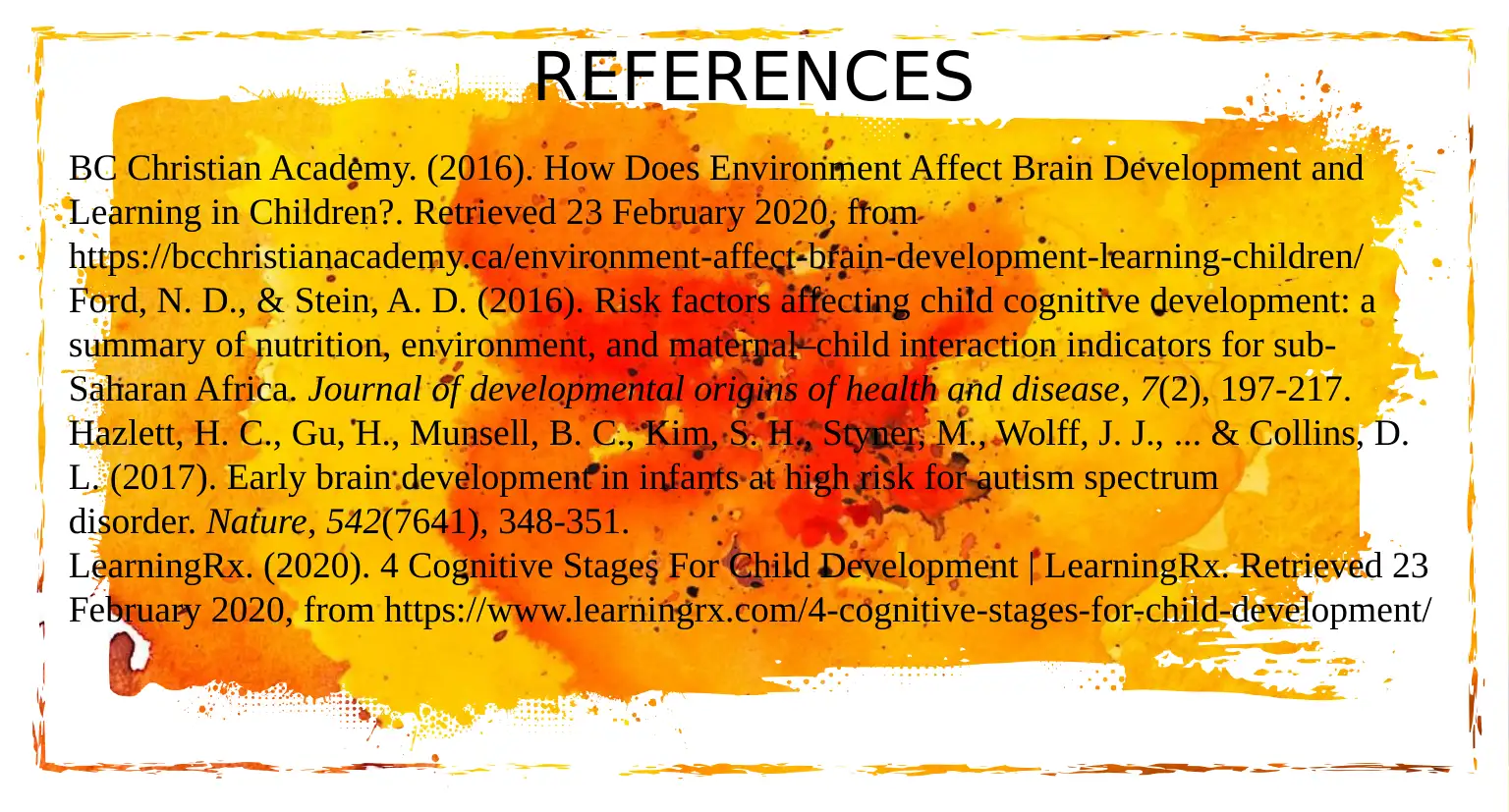






![[object Object]](/_next/static/media/star-bottom.7253800d.svg)